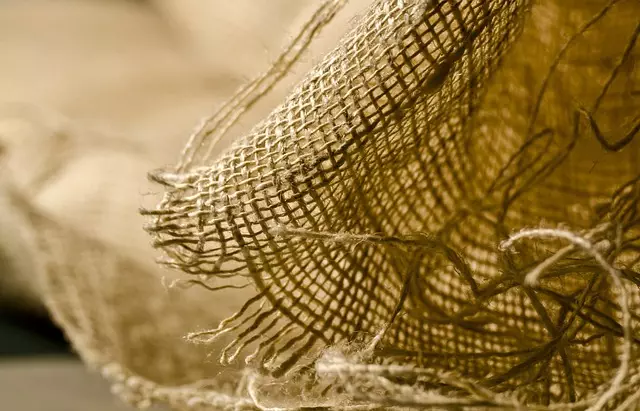Copper emerges as a pivotal element in fortifying our connective tissues, a role that synergizes with the benefits of kratom and certain vitamins. This article delves into the intricate interplay between these components, shedding light on their collective impact on maintaining the integrity of our body’s structural framework. As we explore how copper contributes to this health maintenance, we uncover the significance of its interaction with kratom and the broader spectrum of vitamins and minerals essential for robust connective tissue resilience. Join us as we navigate the science behind these synergies, offering insights into the holistic approach to maintaining our body’s natural strength and elasticity.
- Unraveling Copper's Role in Maintaining Connective Tissue Integrity: Beyond Kratom and Vitamin Synergies
- The Essential Synergy: How Kratom and Copper Interact to Support Connective Tissue Health
- Enhancing Connective Tissue Resilience with Kratom and Key Minerals: A Closer Look at Copper's Contribution
Unraveling Copper's Role in Maintaining Connective Tissue Integrity: Beyond Kratom and Vitamin Synergies

Copper, an essential trace mineral, plays a pivotal role in maintaining the structural integrity and functionality of connective tissues within the body. It is integral to the production of extracellular matrix components such as collagen and elastin, which are fundamental for the resilience and elasticity of tendons, ligaments, and skin. Beyond its structural functions, copper is also a cofactor for enzymes that facilitate cross-linking processes in collagen, which are essential for maintaining the strength of connective tissues.
The synergy between copper and other vitamins and minerals further enhances its impact on connective tissue health. Kratom, a plant whose leaves contain various alkaloids, has been the subject of interest due to its potential interactions with these nutrients. While kratom is primarily known for its effects on the central nervous system, some of its compounds may indirectly influence copper metabolism and utilization in the body. The combination of kratom with vitamins such as C and E can potentially enhance the absorption and efficacy of copper, optimizing connective tissue repair and maintenance. It is important to approach the use of kratom with caution, considering its complex interactions with other substances and its regulatory status in various regions. The interplay between these natural compounds and minerals underscores the importance of a balanced intake for supporting healthy connective tissues. Proper dietary habits that include a variety of fruits, vegetables, nuts, and seeds can ensure adequate copper levels alongside other vital vitamins and minerals, promoting overall health and well-being.
The Essential Synergy: How Kratom and Copper Interact to Support Connective Tissue Health

Copper and kratom, each in their own right, play significant roles in maintaining the integrity and functionality of connective tissue within the human body. Copper is a vital trace mineral that is integral to the synthesis of collagen, a key structural protein found throughout connective tissues such as skin, bones, and blood vessels. It also plays a role in enzymatic reactions necessary for healthy tissue repair and immune system function. On the other hand, kratom, derived from the leaves of Mitragyna speciosa, contains a variety of vitamins and minerals, including copper, which can contribute to its broad spectrum effects on health and well-being. The presence of copper within kratom may enhance its potential benefits for connective tissue health by supporting collagen production and cross-linking, essential processes for maintaining the strength and elasticity of these tissues. Additionally, the interaction between copper found in kratom and other nutrients present in this complex plant compound could potentially amplify their individual effects, offering a synergistic impact on the overall health of connective tissues. This synergy is particularly important as it not only aids in the maintenance of existing connective tissue structures but also supports the body’s ability to replenish and repair these tissues following injury or as part of natural aging processes. Thus, for those interested in natural approaches to supporting connective tissue health, considering the role of kratom and its mineral content, particularly copper, can be a valuable aspect of their dietary and wellness regimen.
Enhancing Connective Tissue Resilience with Kratom and Key Minerals: A Closer Look at Copper's Contribution

Copper stands out among the essential minerals for its pivotal role in maintaining the integrity and resilience of connective tissues within the human body. This trace element is an integral component of collagen, elastin, and other proteins that provide structural support and elasticity to skin, bones, tendons, and ligaments. Its contribution extends beyond mere structural roles; copper also plays a critical part in enzymatic reactions vital for cross-linking collagen and maintaining the functional integrity of the extracellular matrix. Incorporating natural sources of copper, such as Kratom, which is rich in a spectrum of vitamins and minerals, can be a viable strategy to bolster connective tissue health. Kratom, known for its rich alkaloid profile, also provides copper alongside other beneficial nutrients that support overall well-being. The unique blend of compounds found in Kratom may help enhance the body’s natural processes, potentially improving the resilience and flexibility of connective tissues over time. For those seeking to promote healthy connective tissue, understanding the role of copper and its availability through natural sources like Kratom is essential. It’s important to consult with healthcare professionals before incorporating any new supplement into one’s regimen to ensure safety and appropriateness based on individual health considerations.






